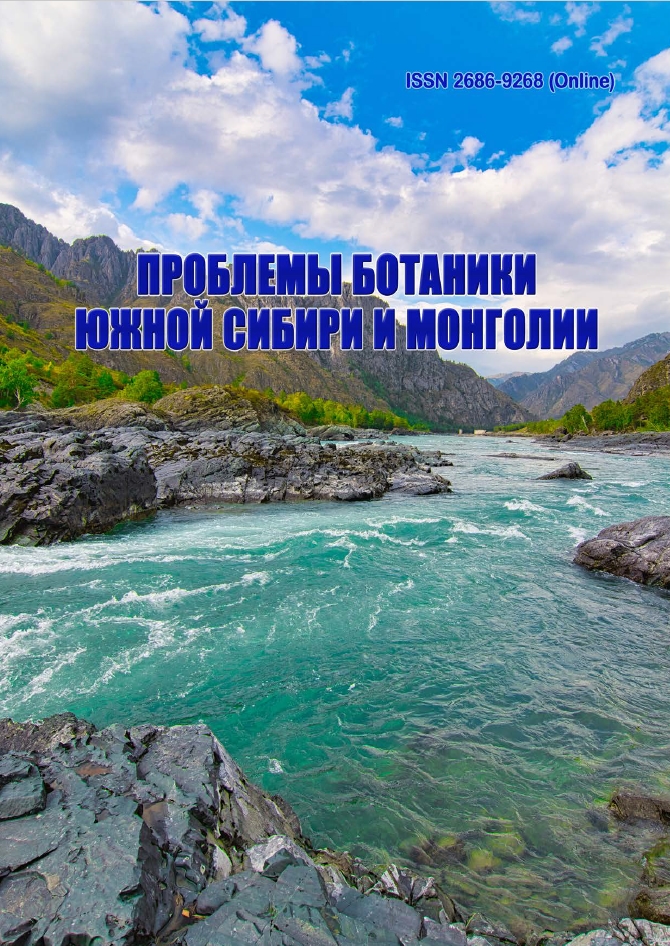Stages of introduction development as a scientific activity
УДК 58.01/.08
Abstract
The concept of “Introduction” is ambiguous. It is associated with a long period of human introduction activity. There are six stages of introduction development: from 8000 years BC (intuitive stage) to the present. For a long time, the practical development of the introduction was significantly ahead of the theoretical one. In 1972, the adopted definition of introduction, as a purposeful human activity for introduction into culture, reflected the applied direction in introduction. In the XXI century, we observe a culminating development of the theoretical direction -introduction is formed as a science. The objects of introduction research are both plants and introduction points. Introduction methods are extensive. The specific language is being formed. New terms and concepts (for example, evaluation of the success of introduction), graphic and iconic images are proposed. Introduction, as a science, is based on fundamental achievements of ecology, botany, genetics. Introduction studies are the basis of breeding, agronomy, floriculture. The authors follow to the following definition of introduction: “It is a science that studies the processes occurring in plants and their offspring as a result of the transfer of plants to new habitats”. In practical terms, introduction is the transfer of plants to new habitats, in theory - the study of the processes of acclimatization and adaptation.
Downloads
Metrics
References
Головкин Б. Н. История интродукции растений в ботанических садах. - М.: Изд-во МГУ, 1981. - 128 с.
Карпун Ю. Н. Основы интродукции растений // Hortus Botanicus, 2004. - № 2.- С. 17-32.
Кормилицин А.М. Флорогенетические и экологические принципы подбора древесных интродуцентов // Тр. Никит. бот. сада, 1979. - Вып. 77. - С. 25-33.
Куприянов А. Н. Теория и практика интродукции растений: учебное пособие. - Кемерово: КРЭОО «Ирбис», 2013.- 160 с.
Лапин П. И. О терминах, применяемых в исследованиях по интродукции и акклиматизации растений // Бюлл. ГБС, 1972. - Вып. 83. - С. 10-18.
Некрасов В. И. Актуальные вопросы развития теории акклиматизации растений. - М.: Наука, 1980. - 101 с.
Соболевская К. А. О терминологии в интродукции редких и исчезающих растений // Бюлл. ГБС, 1983. - Вып. 127. - С.70-73.
Akeroyd, J., Wyse-Jackson Р. A handbook for botanic gardens on the reintroduction of plants to the wild. - London: Botanic Gardens Conservation International, 1995. - 31 p.



